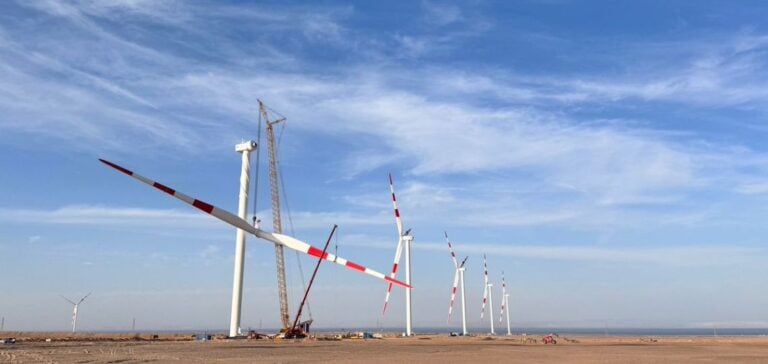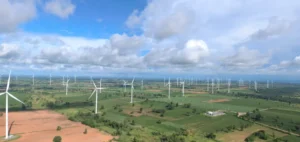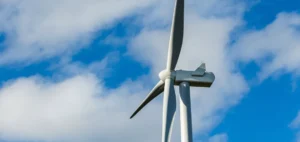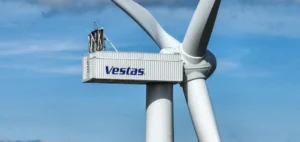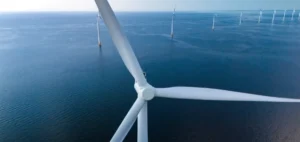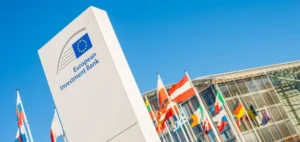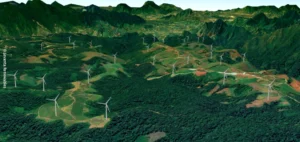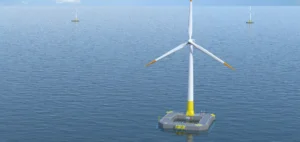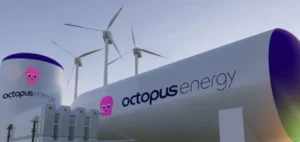The French company Engie recently announced the extension of its “Red Sea Wind Energy” project located near the Gulf of Suez in Egypt. Initially planned with a capacity of 500 MW, the project will benefit from an additional 150 MW, bringing the total capacity to 650 MW. Upon completion, it will become the largest wind farm in Africa, aligning with the region’s renewable energy development ambitions.
Currently under construction, the project is a collaborative effort between Engie and several international partners, including Orascom Construction, Toyota Tsusho Corporation, and Eurus Energy Holdings Corporation, united under the Red Sea Wind Energy consortium. This extension represents an additional investment of $130 million, supplementing the $600 million required for the initial phase.
An Ambitious Timeline and Clear Objectives
According to Engie, the entire wind farm is expected to be fully operational by the third quarter of 2025, despite the recent project modifications. A first capacity of 306 MW has already been connected to the Egyptian grid, ahead of the initially planned schedule.
The project is part of Egypt’s national plan to generate 42% of its electricity from renewable sources by 2030. Once fully operational, the wind farm will power over one million homes while reducing CO2 emissions by approximately one million tons annually.
Engie Strengthens Its Regional Leadership
With this new extension, Engie’s total wind energy capacity in Egypt will reach 912.5 MW. This expansion marks a strategic step in reinforcing its position in Africa and the Middle East, where the demand for renewable energy continues to grow.
The project also highlights the importance of public and private partnerships in the energy sector. The long-term Power Purchase Agreement (PPA) signed with the Egyptian Electricity Transmission Company (EETC) demonstrates the critical role of joint initiatives in advancing the energy transition.


